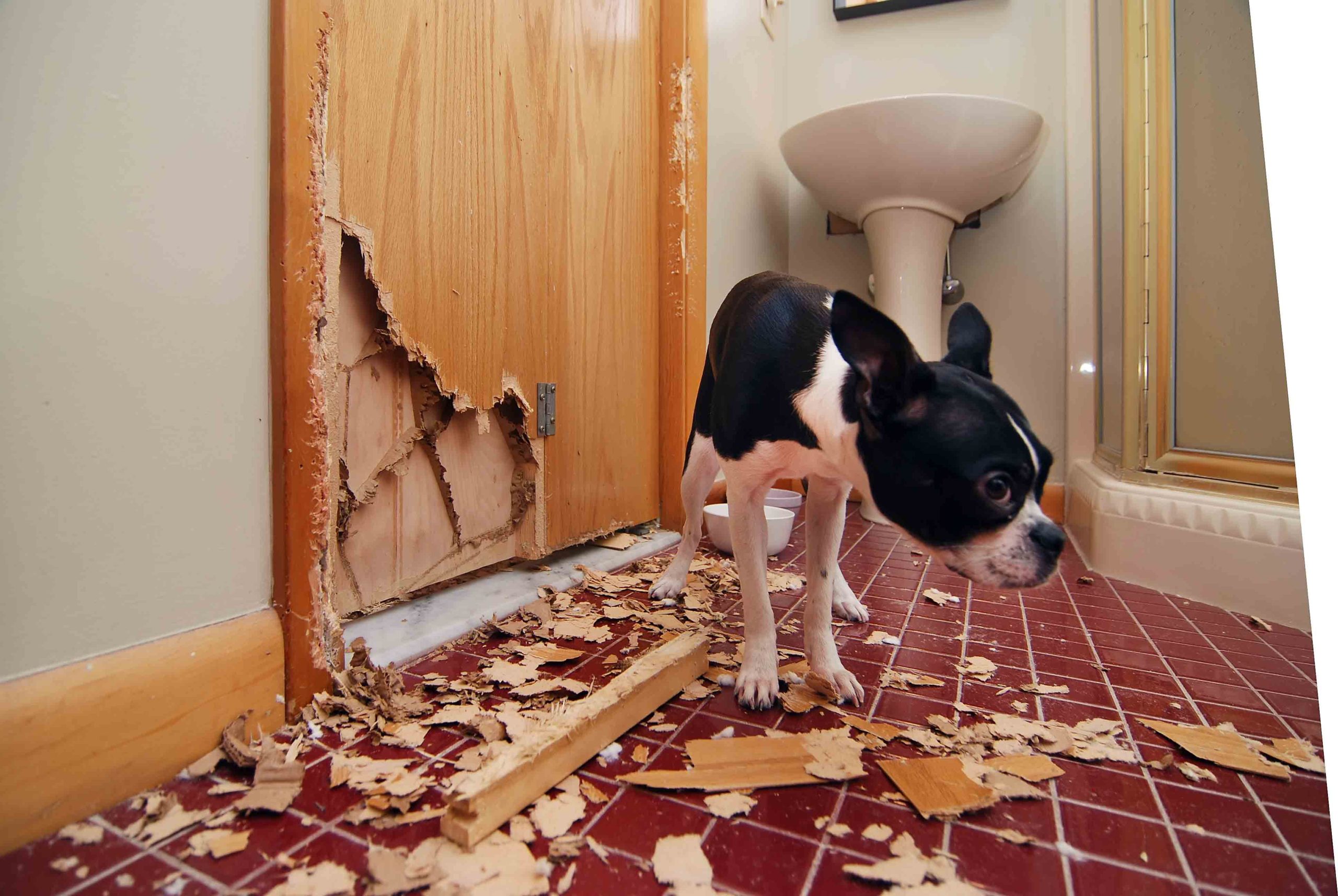
Dogs are known for their loyalty and affection towards their owners, but sometimes this bond can lead to separation anxiety when their owners leave them alone. Separation anxiety in dogs is a common issue that can manifest in destructive behavior, excessive barking, and even physical symptoms like vomiting or diarrhea. However, there are several strategies you can implement to prevent separation anxiety in your furry friend and promote a healthy relationship with your pet.
Establish a Routine
Creating a consistent routine for your dog can help them feel secure and reduce their anxiety when you are not around. Make sure to set regular feeding times, exercise schedules, and potty breaks to provide structure and stability in their day-to-day life. Additionally, try to leave and return home at the same time each day to help your dog anticipate your departures and arrivals.
Gradual Desensitization
If your dog shows signs of anxiety when you leave, it may be helpful to gradually desensitize them to your absence. Start by leaving your dog alone for short periods of time and gradually increase the duration as they become more comfortable being by themselves. Use positive reinforcement techniques like treats or toys to reward calm behavior when you leave and return.
Provide Mental Stimulation
Dogs are intelligent animals that thrive on mental stimulation, so be sure to provide plenty of toys and activities to keep them entertained when you are not around. Puzzle toys, interactive feeders, and chew toys can help prevent boredom and reduce stress during your absence. You may also consider enrolling your dog in obedience training or agility classes to stimulate their mind and build their confidence.
Create a Safe Space
Designating a safe and comfortable space for your dog can help them feel secure and relaxed when you are not home. Consider setting up a cozy bed, favorite toys, and a piece of clothing with your scent in a quiet area of your home where your dog can retreat to when they feel anxious. This space should be separate from high traffic areas to provide a quiet retreat for your furry friend.
Seek Professional Help
If your dog continues to exhibit signs of separation anxiety despite your best efforts, it may be beneficial to seek help from a professional trainer or behaviorist. They can work with you to develop a personalized training plan to address your dog’s specific needs and provide guidance on how to manage their anxiety effectively. Remember that addressing separation anxiety in dogs takes time and patience, so be consistent in your approach and seek support when needed.
In conclusion, preventing separation anxiety in dogs requires patience, understanding, and consistent training. By establishing a routine, gradually desensitizing your dog to your absence, providing mental stimulation, creating a safe space, and seeking professional help when needed, you can help your furry friend feel more secure and confident when you are not around. Remember to be patient and compassionate with your dog as they navigate their feelings of anxiety, and celebrate small victories along the way. With dedication and perseverance, you can help your dog overcome separation anxiety and strengthen your bond for years to come.





